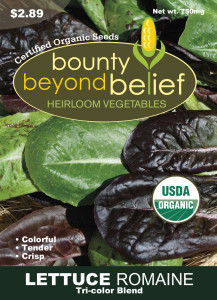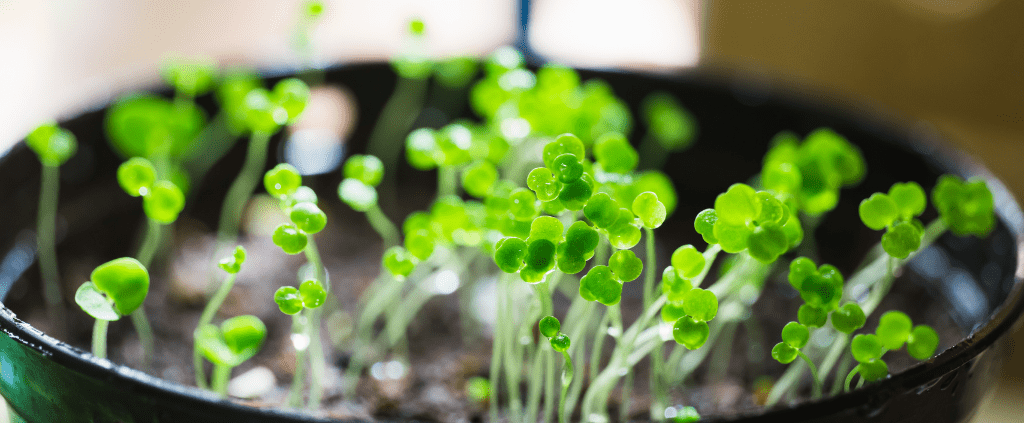Two ways to have more birds in your yard
Gardening Tips
by Sandy Swegel
I was chatting with a local bird habitat specialist hoping for some tips on what I could plant or build that would attract more birds to my new garden. I was surprised as she struggled to think of flowers that might work. Then she blurted: “The biggest obstacle to birds in the garden is the humans.” If the humans would just quit “improving” the garden, more birds would automatically come.
Don’t deadhead so much.
She elaborated, the first most important thing to do for birds is to quit deadheading so much and leave the seed heads of spent flowers on the plant so the seeds can mature. You can do some deadheading to keep your plants making more flowers, but especially at the end of the plant’s season, you need to leave the seeds on. I used to throw the seed heads into a corner of the garden near a bird feeder, but I learned that birds don’t like to eat off the ground unless they are desperate. They like to land on the top of the seed stalk and bend over and pull the seeds out one by one. Up on top of the plant, they feel safer from predators and can fly off at a moment’s notice.
Learn to Tolerate Some Pests
The other mistake gardeners make that discourages birds is being too diligent about getting rid of all the pests and larvae in the garden. Leaving some pests may damage a few plants, but birds need caterpillars and bugs in the spring to feed their hungry babies. A pest-free garden is not a healthy habitat. And you won’t have to worry about the pests overtaking your garden in most cases because the birds are going to eat them!
So to attract more birds to your garden, let your garden look a little more unruly. I did get a couple of plant ideas of seeds birds particularly like: coreopsis, sunflowers, coneflowers and cosmos are all seed heads that birds consider especially yummy.
Photocredits
rachelinthegarden.wordpress.com
animalstime.com/what-feed-baby-bird-what-feed-baby-birds/
audubonportland.org/about/events/hidden-habitats
birdnote.org









